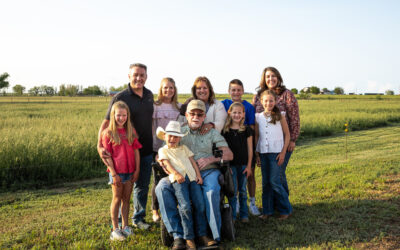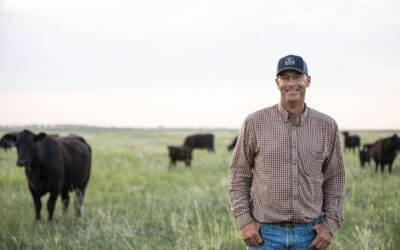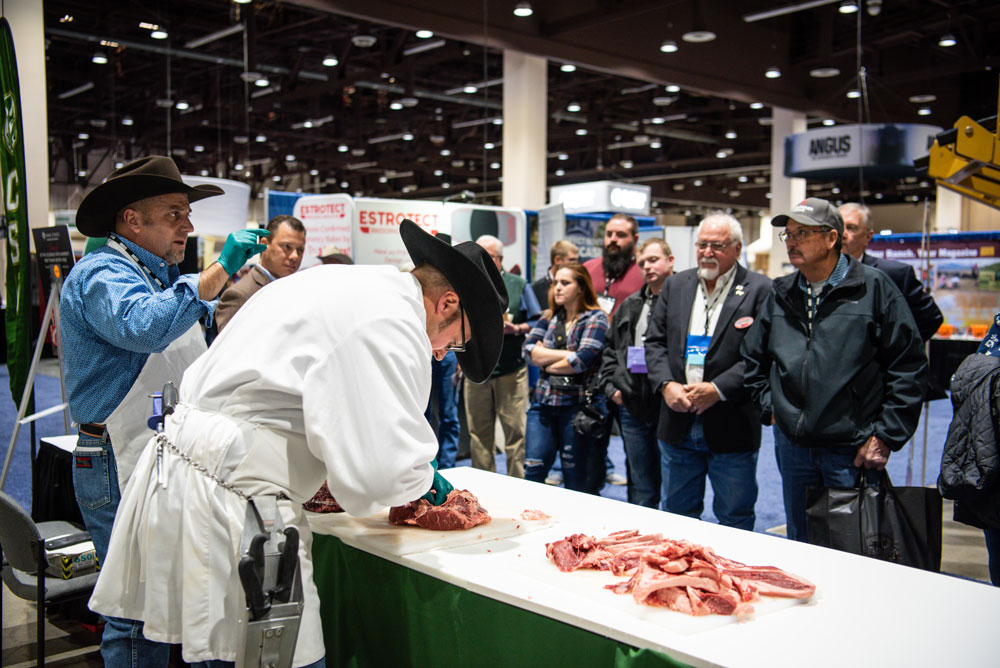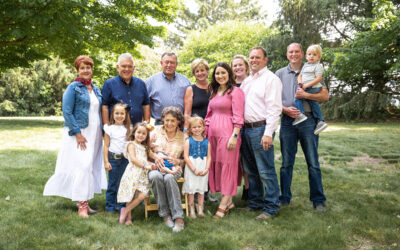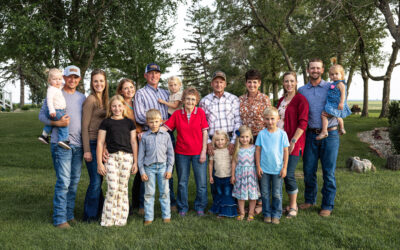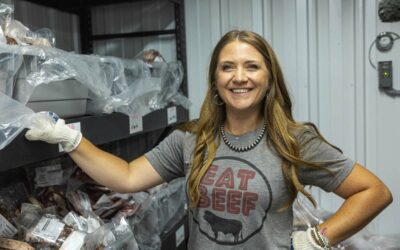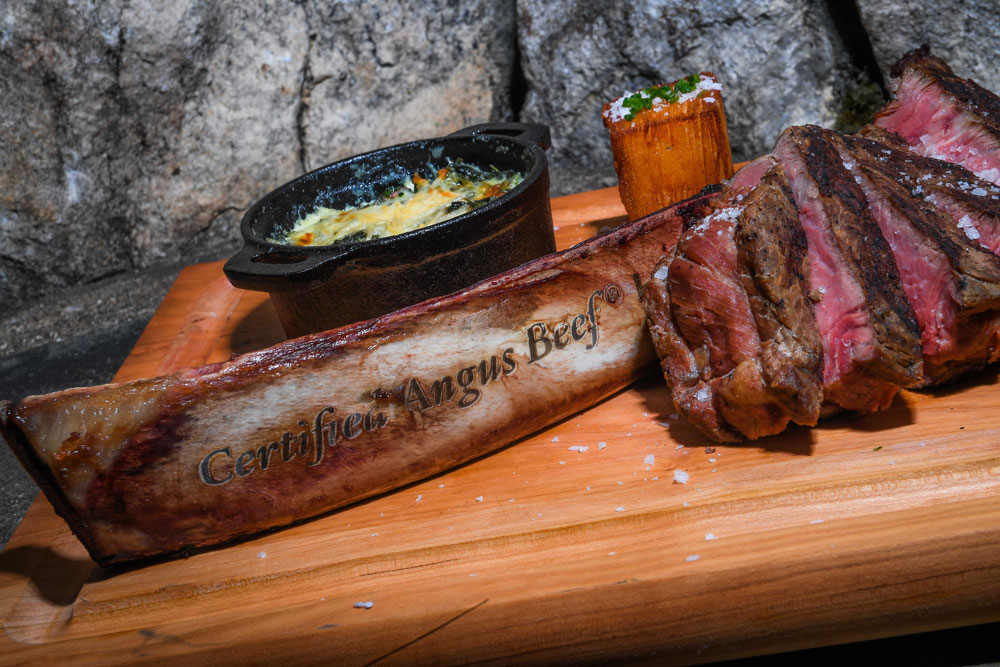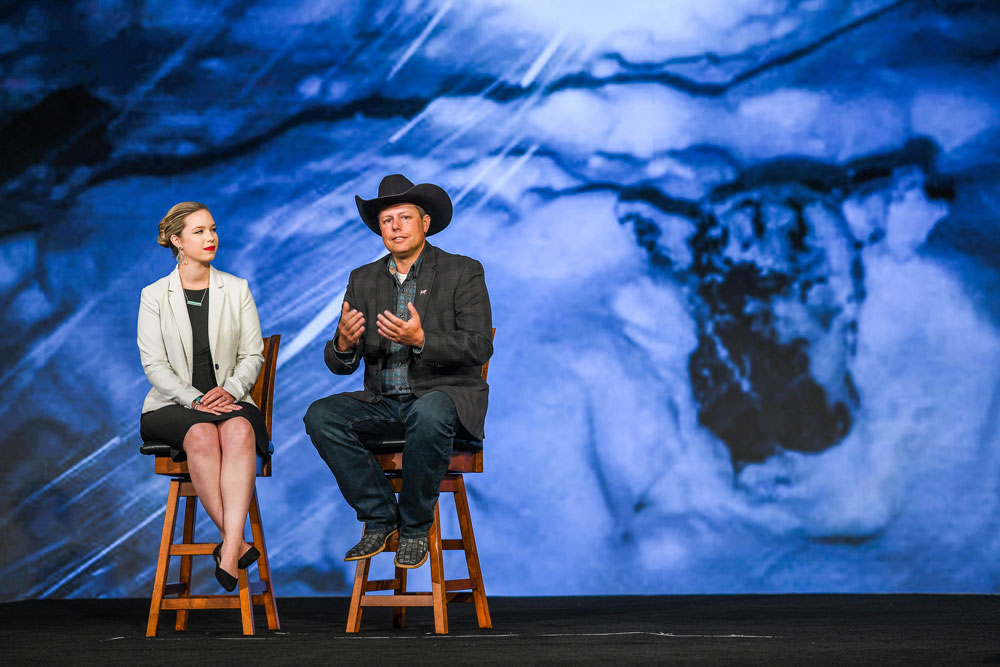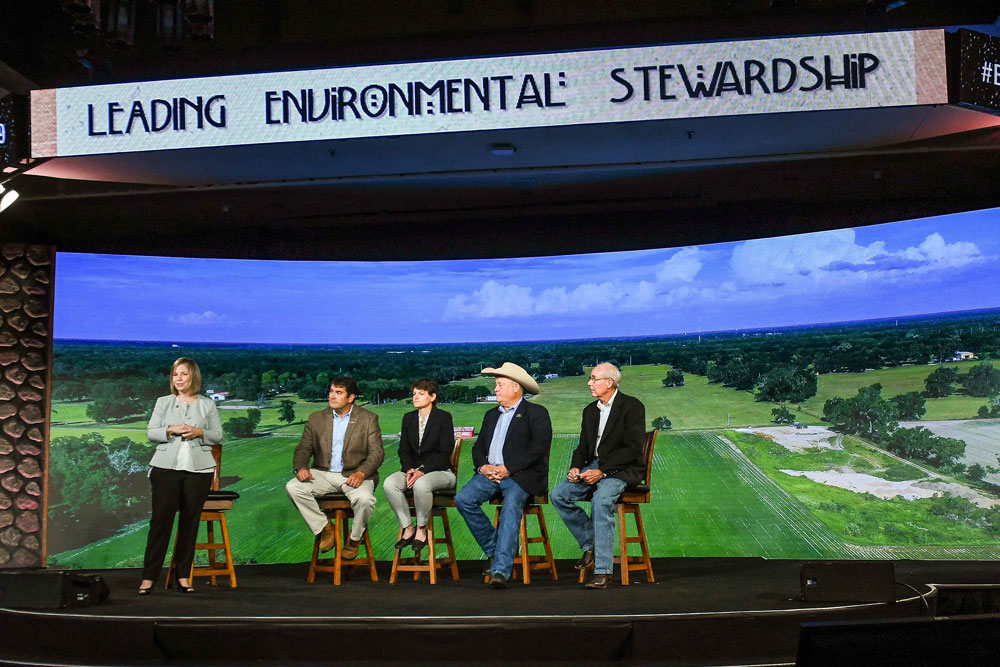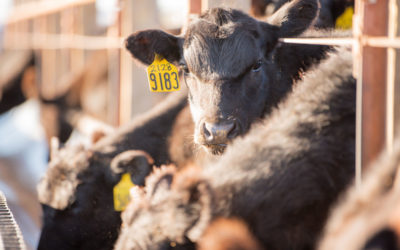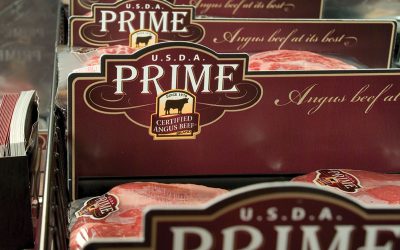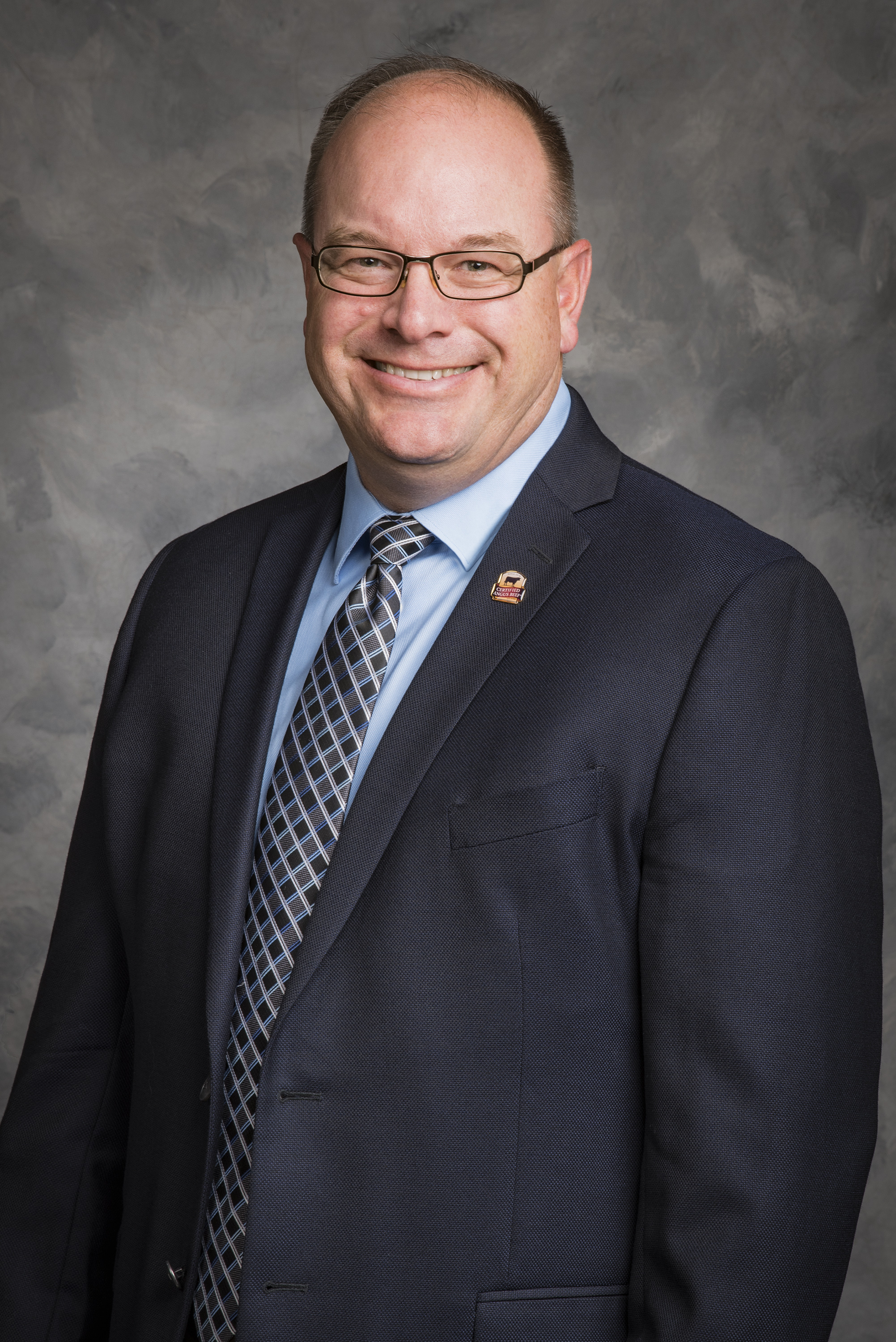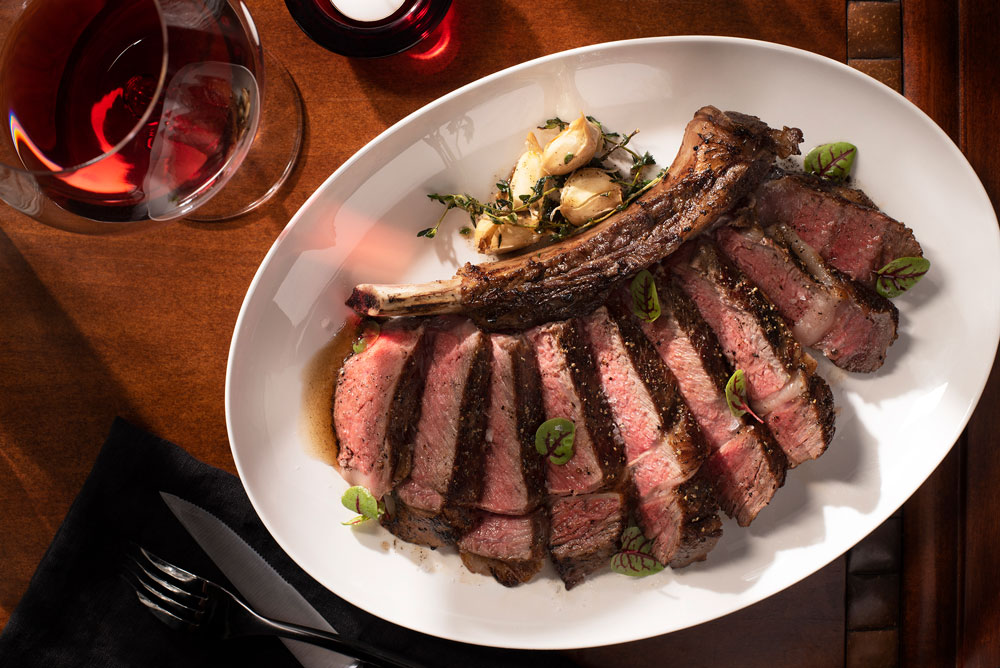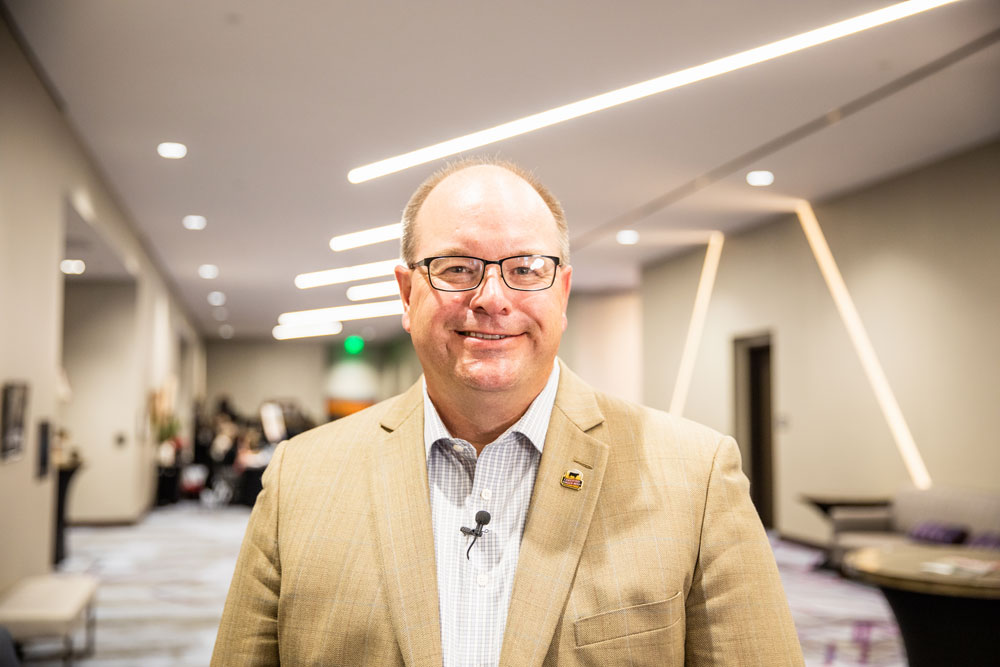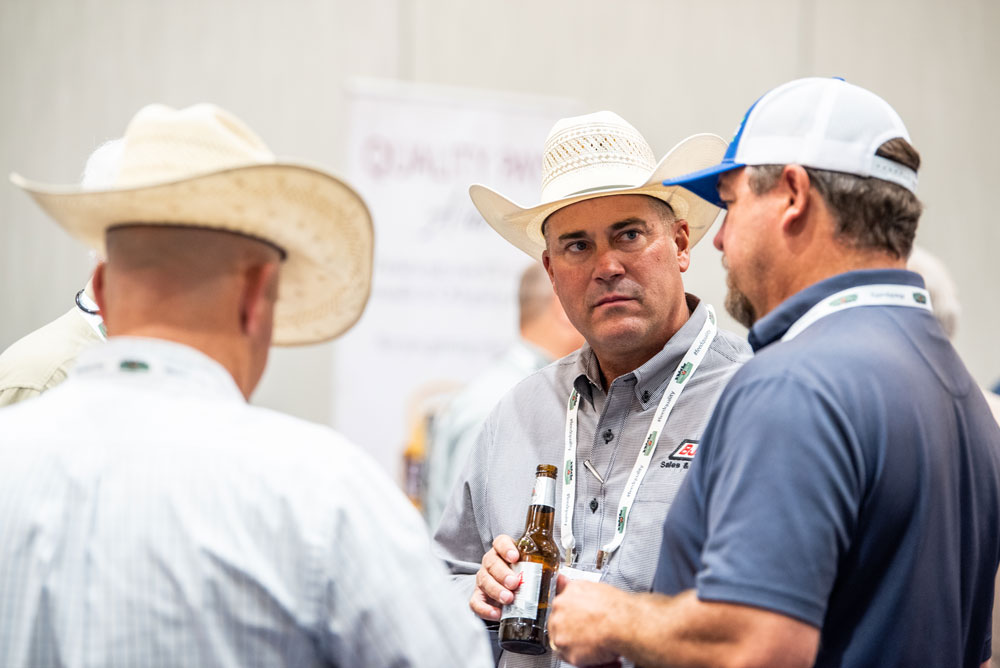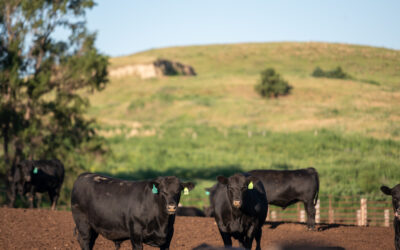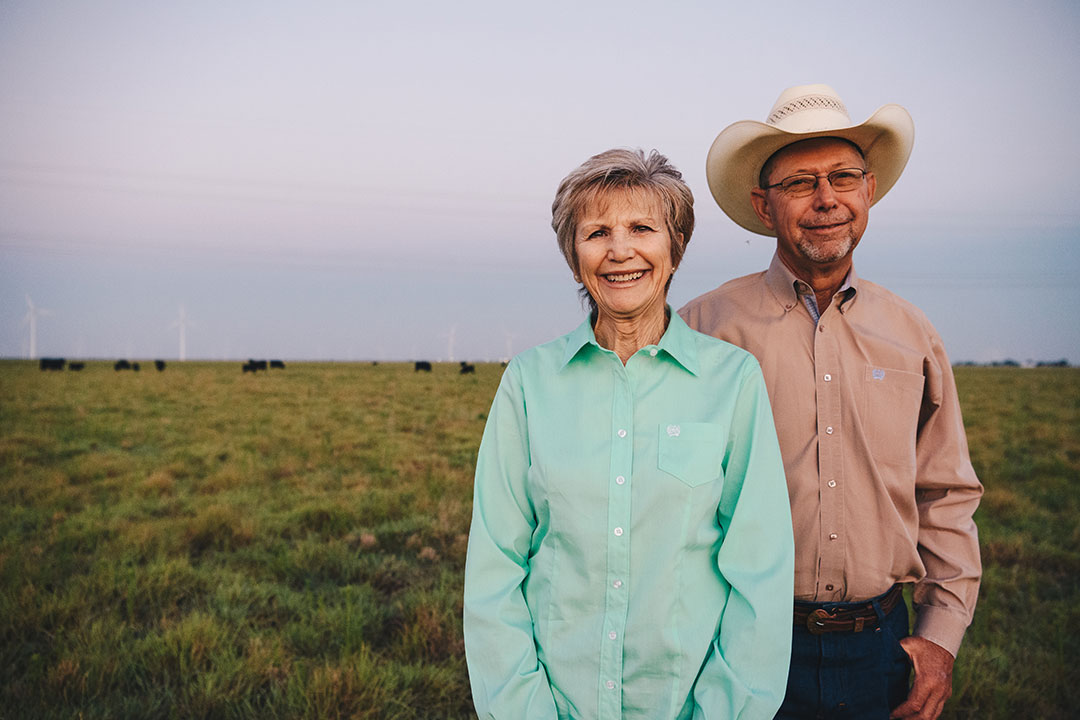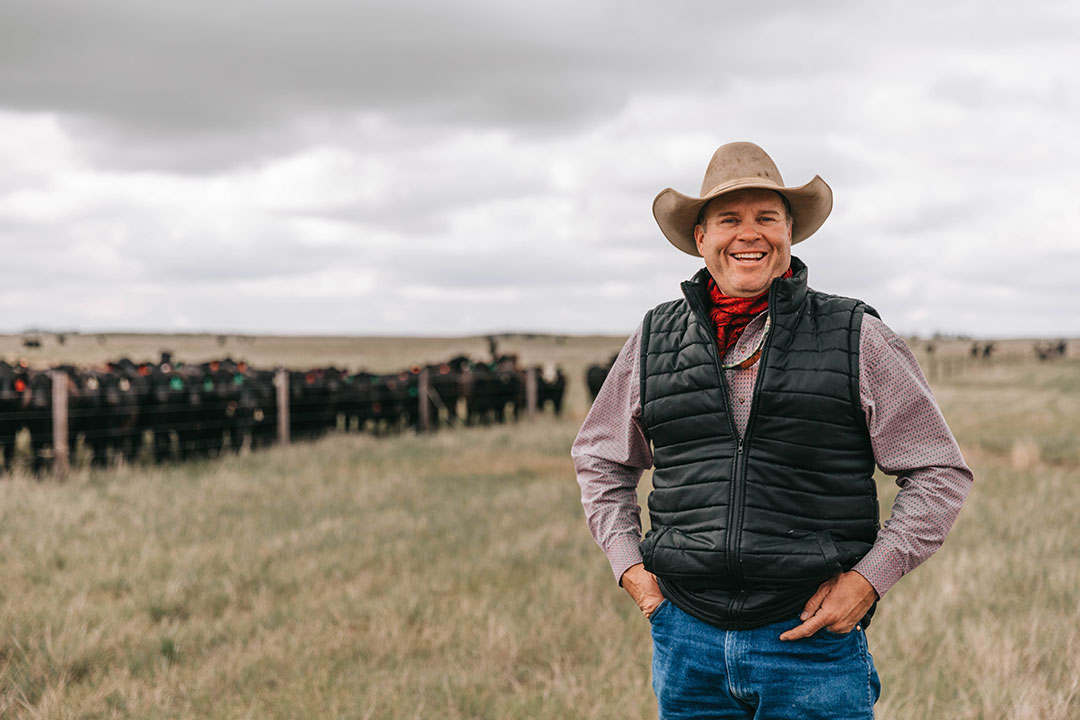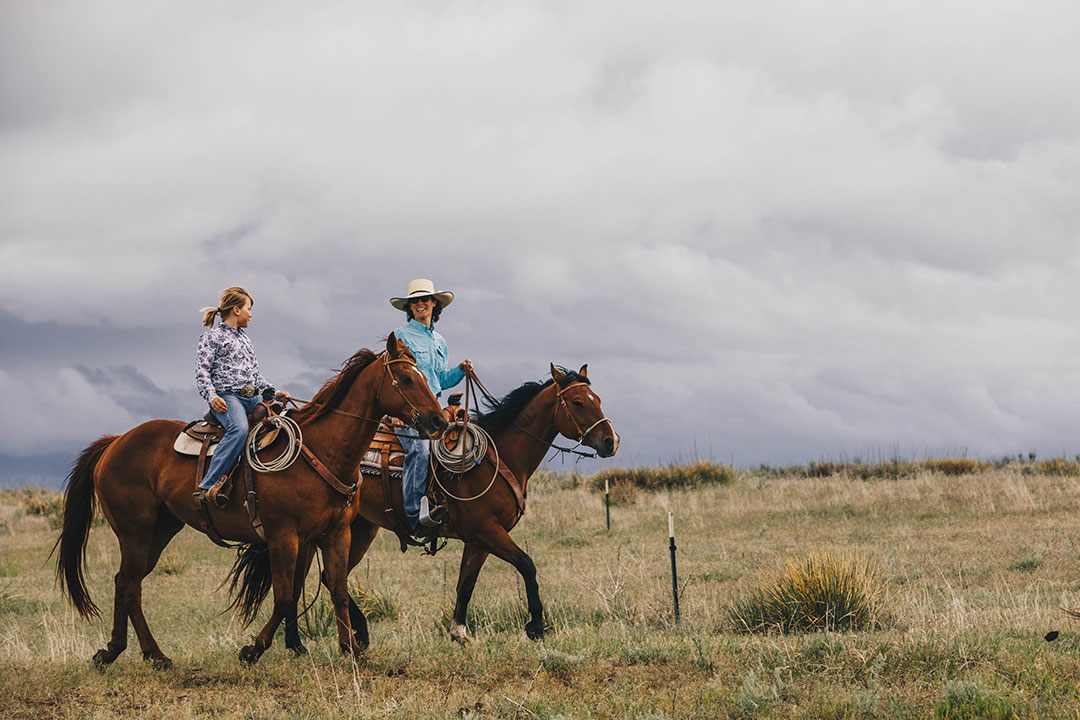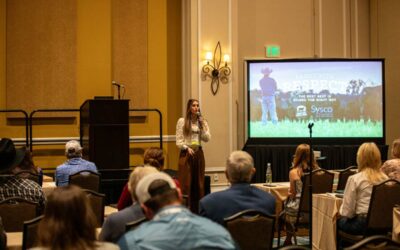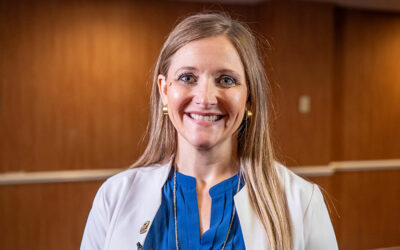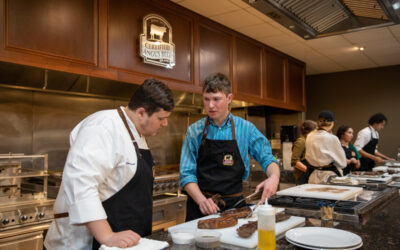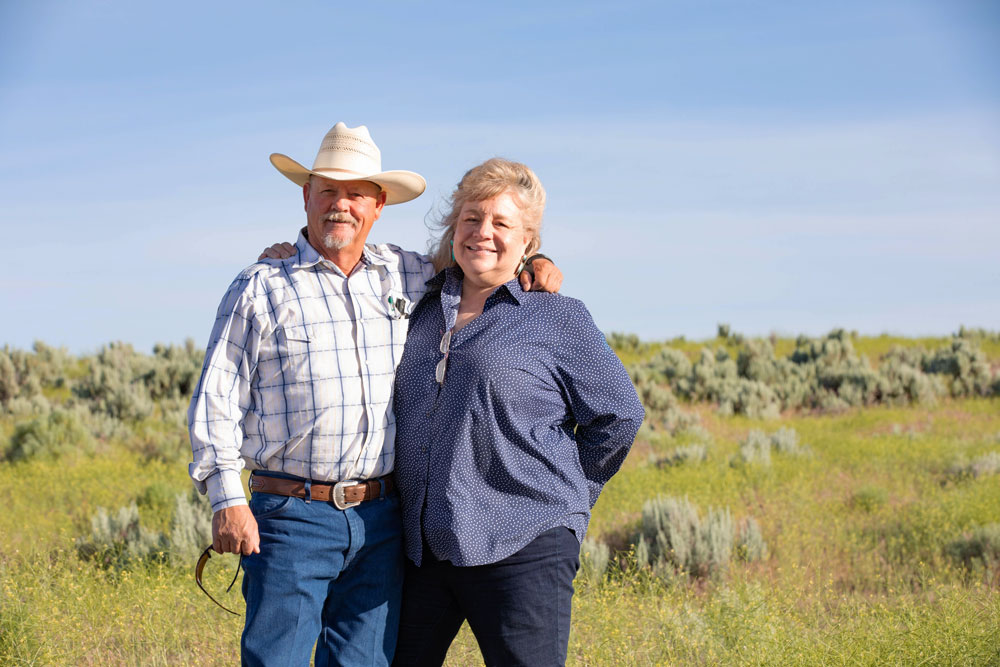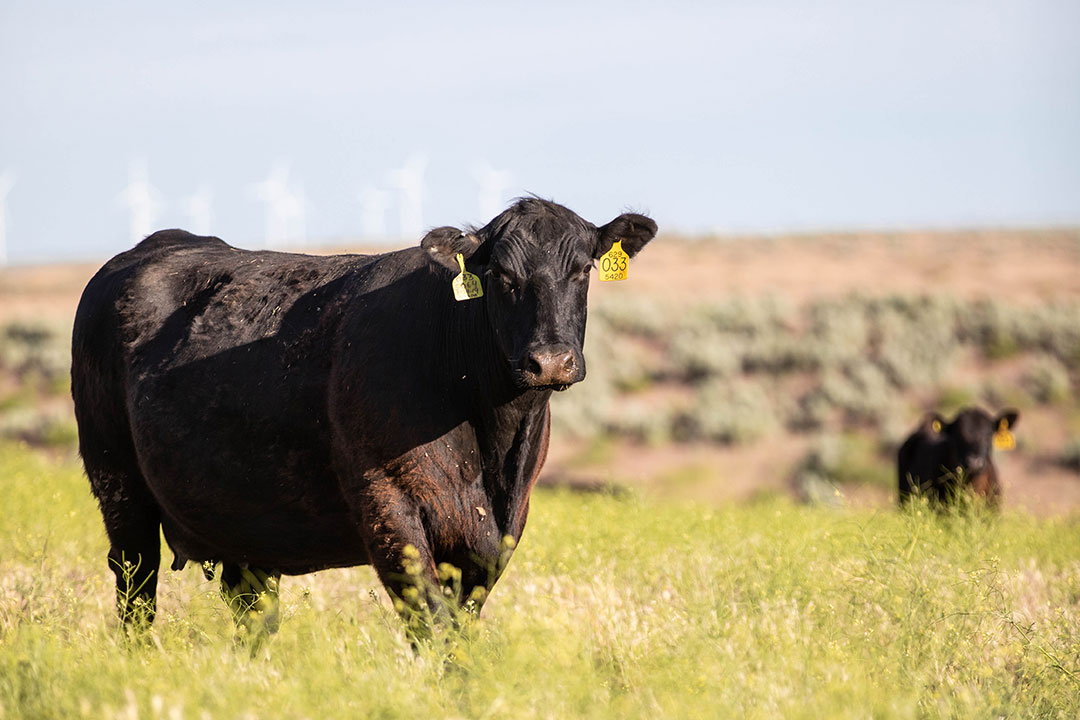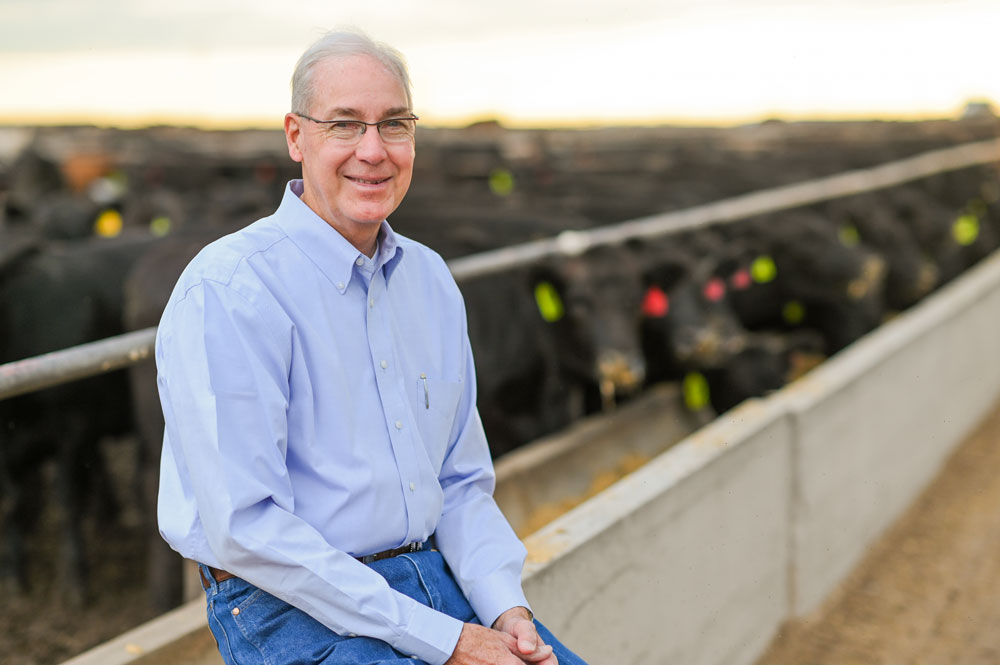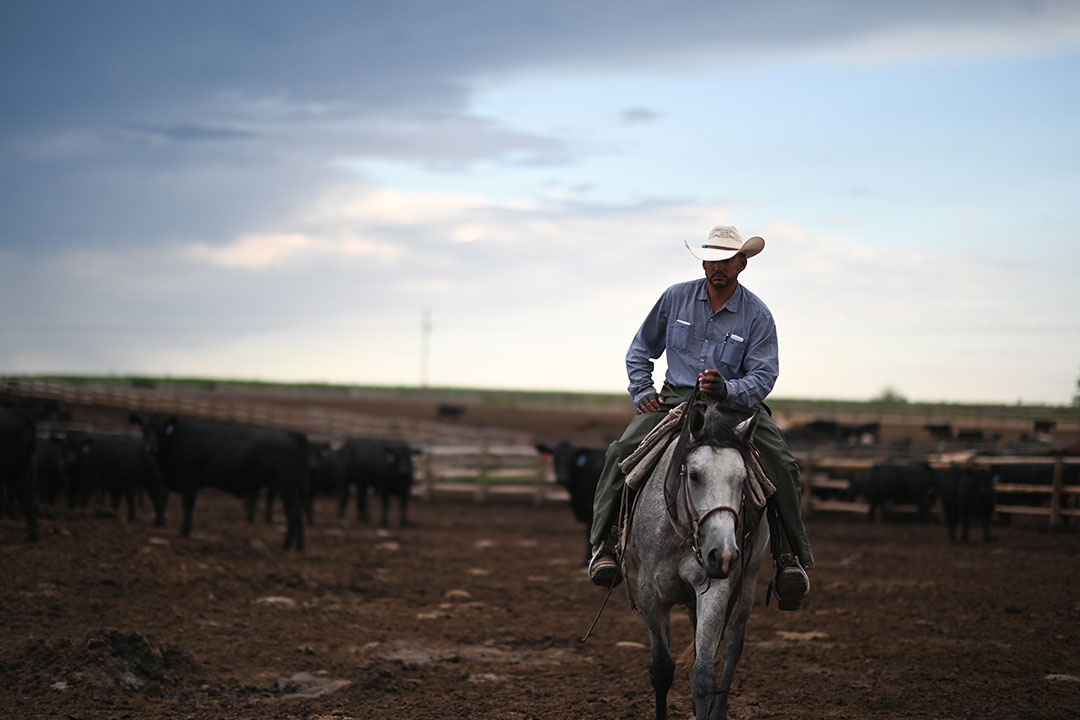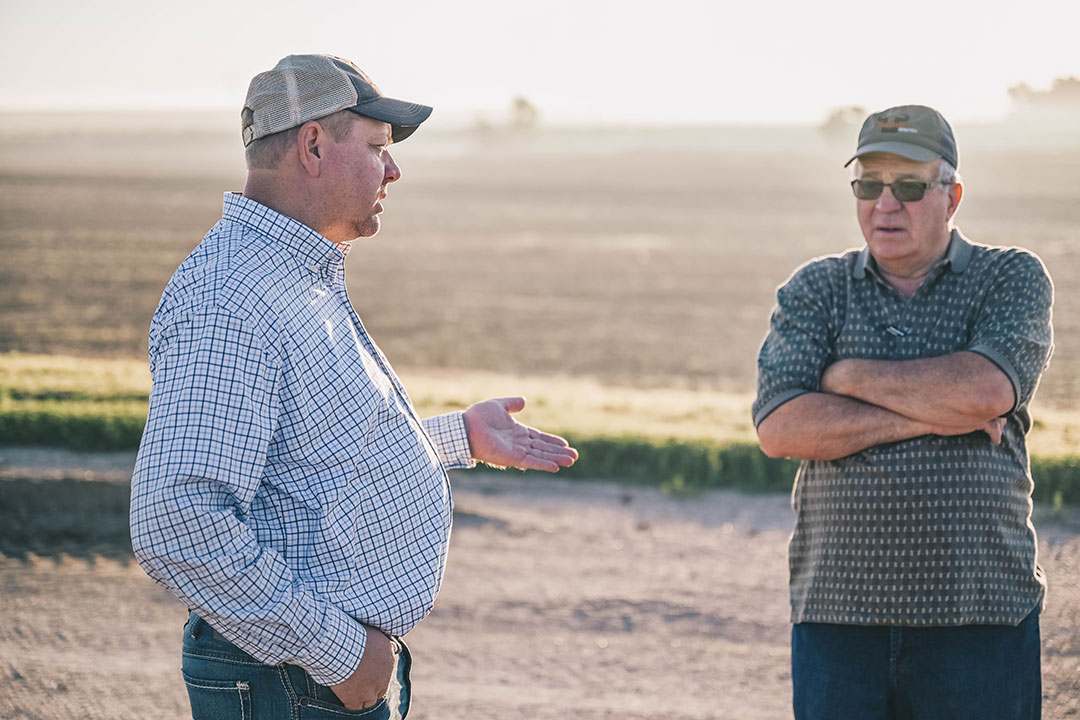
Prime opportunities highlight CAB outlook
The economic signal for Prime is now
By Abbie Burnett
November 22, 2019
When sales are up across the board, it’s often hard to find a darling of the fiscal year.
But for the Certified Angus Beef ® (CAB®) brand, even in a strong year, CAB Prime stole the show, said the brand’s president, John Stika.
“We could have sold a lot more of this product if it were available, but it wasn’t,” he told attendees at the 2019 Angus Convention in Reno.
It’s not like producers haven’t responded to demand signals—sales tonnage for the Prime extension has been on a four-year climb, and up 36.6% in 2019 alone. Traditionally, foodservice partners marketed nearly all of that supply, but ’19 saw an amazing 90% increase in retail sales.
CAB Prime still represents only 3% of total sales, but grew by nearly 10 million pounds and represented more than 25% of 2019 brand growth, Stika noted. The momentum represents opportunity for the brand, Angus breeders and their breed for further separation in the global premium tier.
People define and advance the brand more than the resulting product, Stika said, beginning with careful culling and bull selection. While a record 35% of Angus-influenced cattle made it into the brand in 2019, it is progress on the other 65% that will make the difference going forward.
Incentives will certainly help drive that progress, he said, sharing grid pricing data for 12 weeks going into fall where cattle accepted for the brand earned $100 per head above the base. Those going on to hit Prime would’ve made $240 above that base.
“That’s the economic signal that further solidifies the need to keep a focus on marbling” when breeding cattle, Stika said. “It’s our job to make sure we continue to fuel that economic incentive that sends a message like this.”
He called attention to The Culinary Center at CAB headquarters in Wooster, Ohio, as “the single most effective way for us to leverage the value of the brand” at the retail and foodservice level. Part of that is the enhanced understanding of the foundational basis of the brand: the registered Angus breeder.
At the other end of the chain, Stika noted a consumer brand loyalty program, Steakholder Rewards, will build relationships there.
The new coffee table book, Sheltering Generations – The American Barn grew from the wealth of photos and stories behind the 40 barns painted in conjunction with the brand’s 40th anniversary in 2018. It took on a higher purpose when the brand announced all the revenue from book sales will go into the Certified Angus Beef Rural Relief Fund.

“This fund will allow CAB, as a brand, the opportunity to financially support when appropriate and where possible, the farmers and ranchers and their communities who at times are impacted by natural disasters such as floods, fires, and blizzards,” Stika said.
He closed with a message of thanks and the note that the 160 people on staff with the brand “feel honored to have the opportunity to serve you,” working each day toward the mission of increasing demand for Angus cattle “through the highest quality product that the breed has to offer.”
you may also like
Magnum Feedyard Earns Certified Angus Beef Award
While Magnum hasn’t always had pens filled with Angus-influenced cattle, they’ve invested in infrastructure, improved quality-based marketing and sought better genetics. Their dedication to detail and employee appreciation drive their success to high-quality beef production.
Everything They Have
Progress is a necessity on the Guide Rock, Nebraska, ranch where Troy Anderson manages a commercial Angus herd, small grower yard, his 10-year-old son, and a testing environment. Troy’s approach includes respect for his livestock, people and land. For that, Anderson Cattle was honored with the CAB 2023 Commercial Commitment to Excellence Award.
Showing Up, Every Day
Thirty-five thousand cattle may fill these pens, but it’s the Gabel family who set the tone for each day. Steve and Audrey persistently create a people-first culture, echoed by their son Case and daughter Christie, who work alongside them in the yard office. The Gabel’s drive to effectively hit the high-quality beef target earned Magnum Feedyard the CAB 2023 Feedyard Commitment to Excellence award.

